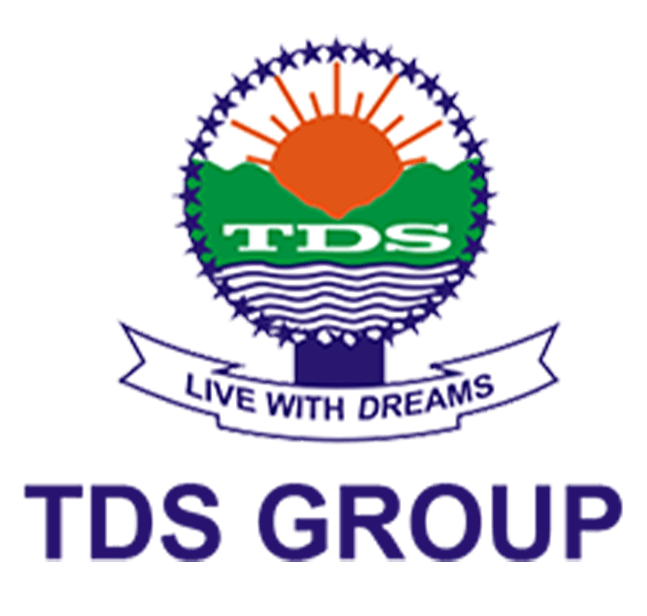A work force management system (WFM) is a tool that helps businesses handle their employees more professionally. It helps schedule work shifts, track attendance, and handle leave requests. By using a WFM system, companies can ensure the right number of employees working at the right times, which helps reduce efficiency costs. It also helps make sure that employees are paid exactly and that the business follows labour laws.With the rapid development in technology, managing a workforce has evolved from mere attendance tracking to a wide range of functions, including scheduling, performance management, and compliance.
This blog will delve into the import of workforce management systems & how they can change businesses in India.
Understanding Workforce Management System
An integrated set of programs called a workforce management system is made to make a diversity of workforce-related tasks easier to complete. These include managing leaves of absence, keeping track of attendance, evaluating performance, scheduling, and more. Organisations may optimise their increase and human resources’ overall output and efficiency by automating these actions with WMS.
What is a Workforce Management System?
A Workforce Management System (WMS) is a complete suite of tools designed to optimise the efficiency and productivity of an organisation’s workforce. It integrates employee scheduling, time and attendance tracking, leave management, payroll processing, performance monitoring and payroll processing. The aim is to streamline operations, reduce administrative burdens, & enhance overall employee satisfaction.
Key Features of Workforce Management Systems
- Attendance Tracking and Time Any efficient workforce management system must attend to and monitor time accurately. This function aids firms in tracking the number of hours each employee works. It ensures that workers’ hours are exactly reported by monitoring when they begin and end their shifts. Using an automated system decreases the possibility of errors that can occur from manual timekeeping. It also guarantees that businesses follow labour regulations by accurately documenting workers’ working hours. Companies can stop payroll problems & ensure that workers are paid correctly.
- Employee Scheduling : Establishing efficient personnel schedules is necessary for the smooth operation of a company. With an effective workforce management system, managers may create schedules tailored to the company’s demands. It considers factors such as the number of workers required at certain points in time, the availability of workers, and their skill set. This helps ensure that there are never too many different workers doing too much at once, only enough to handle the workload. Employing a WFM system for scheduling helps businesses minimise and maintain peak performance and downtime.
- Leave Management : Leave Management Managing leave requests can be difficult, particularly in big businesses with many staff. This procedure is made simpler by a workforce management system, which provides a central location for workers to request personal, sick, or vacation leave. Managers can review these requests from the decide and same system whether to approve or deny them. Organising and Streamlining the procedure reduces the possibility of scheduling or understaffing issues. It contributes to the successful and reasonable processing of all leave requests.
- Payroll Integration : Employee payroll can be processed more precisely and handily by integrating it with a workforce management system. The system automatically determines the amount each employee should be paid, considering their hours worked, overtime, and other variables. This lowers the possibility of mistakes occurring during the manual pay calculation process. The solution guarantees that employees receive their pay on schedule and saves HR departments time by automating these computations. It keeps the payroll procedures accurate and efficient.
- Performance Management : Performance Management A workforce management system often includes features for evaluating and monitoring employee performance. These tools help managers track how well employees are doing their jobs, identify improvement areas, and provide feedback. Regular performance reviews can help employees develop their growth and skills. This improves personal performance and boosts overall team help and morale with employee retention.
Benefits:
- Increased Efficiency : Streamlines attendance management and scheduling, reducing organisational burdens.
- Improved Accuracy : Reduces payroll and time-tracking errors, ensuring employees are paid properly.
- Enhanced Productivity : Optimizes workload distribution and staff allocation, improving overall productivity.
- Better Compliance : Helps maintain agreement with company policy and labour laws .
- Data-Driven Decisions : Provides valuable insight into workforce performance and trends , aiding planned planning.
Choosing the Right Workforce Management System
When selecting a WMS for your group, consider the following factors:
- Ease of Use: The system should be wise and user-friendly, ensuring quick adoption by managers and employees.
- Additional Capabilities: Ensure the WMS integrates with existing payroll systems and HR.
- Scalability: Choose a system that can grow with your adjust and business to changing needs.
- Vendor Support: Opt for a vendor that provides training, robust support, and regular updates to keep the system running smoothly.
Conclusion
A Workforce Management System (WMS) is a powerful tool for businesses looking to streamline their efficiency and operations. A WMS helps companies ensure that their workforce is utilised effectively and that employees are paid accurately by automating tasks such as time tracking, leave management, scheduling, and performance evaluation. This leads to better compliance with labour laws, reduced administrative burdens, and enhanced productivity. For businesses in India, adopting a WMS can significantly improve how they manage their workforce,best manpower consultancy in India . When choosing a system, it’s important to consider factors like ease of use, integration with existing systems, vendor support, and scalability. Companies can optimise operations, support employee satisfaction, and drive overall business success by selecting the right WMS.



